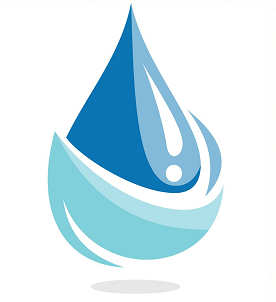Chlorine dioxide, a strong oxidant, can inhibit or destroy microbes [1–5]. Studies have investigated the application of chlorine dioxide in numerous fields such as water or wastewater treatment, environment and food disinfection, and medicine [6–13]. Typically, chlorine dioxide is produced using either an acid-based or an electrolytic method [7,8,10,12]. In the acid-based method, chlorine dioxide is produced by mixing starting materials, such as sodium chlorite and hydrochloric acid, sodium chlorite Int. J. Environ. Res. Public Health 2017, 14, 329 2 of 12 and ferric trichloride, or sodium chlorite and chlorine gas. In the electrolytic method, the reactants are aqueous sodium chloride or saturated saline and sodium hypochlorite.

